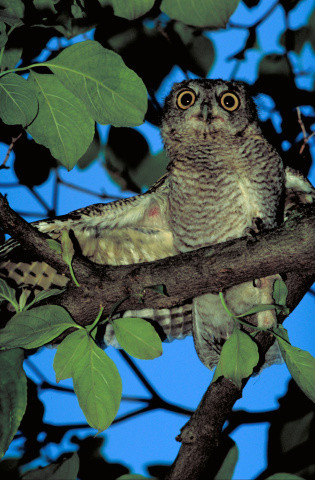 Fish and Wildlife personnel rescue wildlife all the time. Sometimes they rescue rare wildlife. But this week there were two rescues of critically endangered species in adjoining states. Actually, Florida Fish and Wildlife Conservation Commission staffers were involved in both rescues.
Fish and Wildlife personnel rescue wildlife all the time. Sometimes they rescue rare wildlife. But this week there were two rescues of critically endangered species in adjoining states. Actually, Florida Fish and Wildlife Conservation Commission staffers were involved in both rescues.
Off the coast of Georgia, a rescue team that included Georgia Department of Natural Resources biologists cut over 100 yards of heavy fishing rope from a 4-year-old male North Atlantic right whale, allowing it to swim more easily. The young whale one of only about 450 remaining North Atlantic right whales.
Read the Georgia Department of Natural Resources press release here.
In Florida, biologists from the Florida Fish and Wildlife Conservation Commission (FWC) and the Conservancy of Southwest Florida discovered an approximately week-old Florida panther kitten while conducting research at the Florida Panther National Wildlife Refuge in Collier County in mid-January.
There are 100 to 160 Florida panthers in the wild today, but this kitten will no longer be among them. Because it is too young to have learned survival skills from its mother, it will have to live in captivity. But with a gene pool this small, even captive individuals help with diversity.
Read the Florida Wildlife Commission press release here.
Photo: When you look at this Florida panther kitten, make sure you are thinking, “populations, not individuals.” Photo by Carli Segelson, courtesy Florida Wildlife Commission.

 There is a small population of mountain lions in the Santa Monica Mountains, just northeast of Los Angeles. The problem is,
There is a small population of mountain lions in the Santa Monica Mountains, just northeast of Los Angeles. The problem is,  Mountain lion sightings have been confirmed 15 times in the last several years, the
Mountain lion sightings have been confirmed 15 times in the last several years, the 